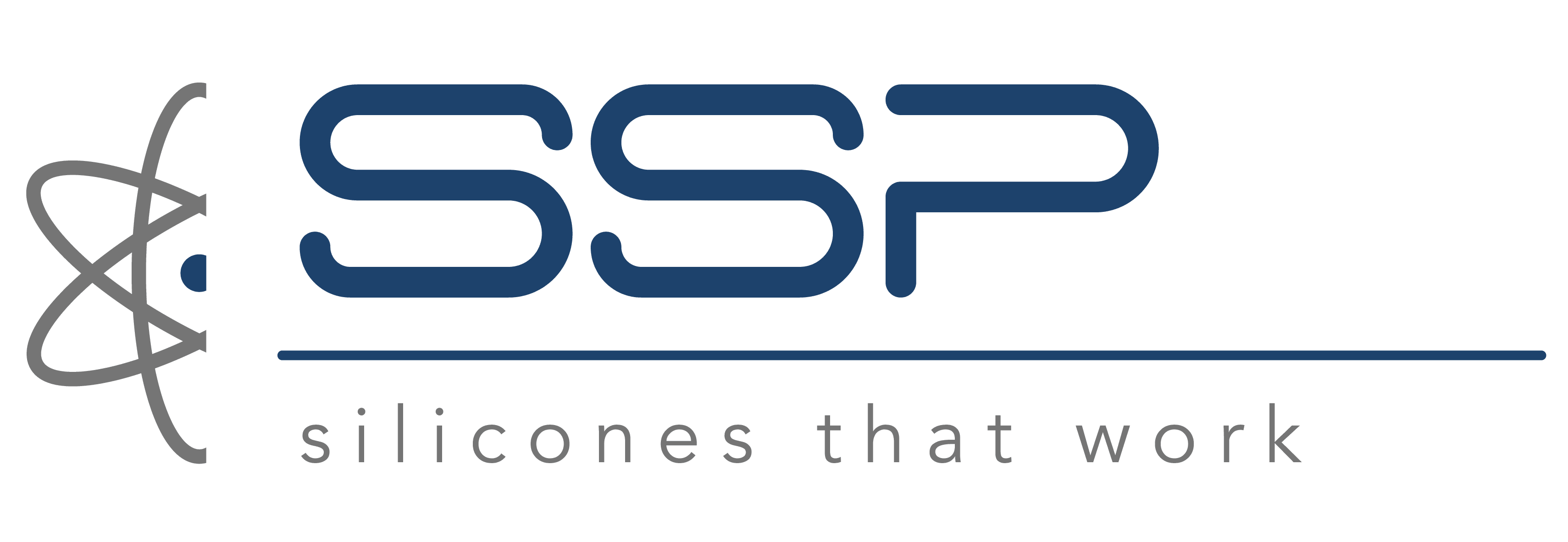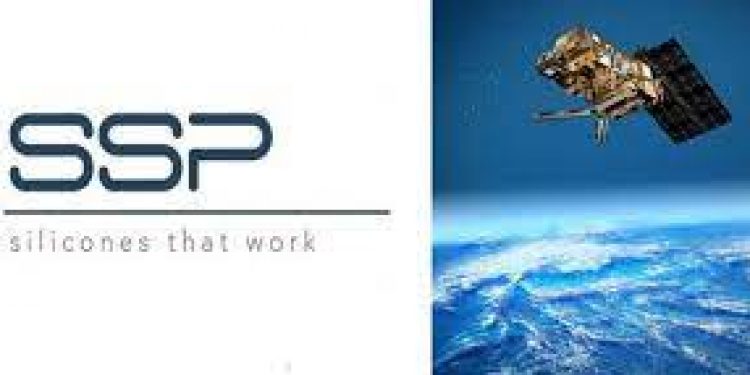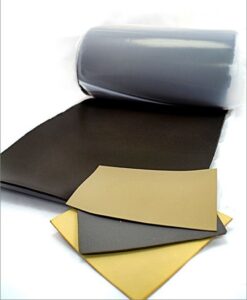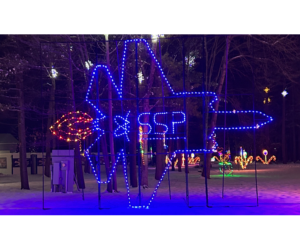SSP makes ASTM E595 low outgassing silicones for high-vacuum environments such as outer space.
Outgassing in high-vacuum environments can disrupt electronic equipment and optical devices. For example, materials that release high levels of airborne molecular contaminants (AMCs) can degrade the performance of sensors and circuit boards in satellites. Because outer space is a vacuum, engineers must also account for how released gases can condense on camera lenses. In medical environments such as hospitals, AMCs can contaminate sterile surfaces.
Particle-filled silicones perform critical functions, but these sealing and shielding materials aren’t immune from outgassing. For engineers who design space-based or medical equipment, it’s important to choose the lowest outgassing materials. SSP-502-65, a nickel-graphite filled elastomer from Specialty Silicone Products (SSP), can meet the outgassing requirements in ASTM E595-07. Through optional post-conditioning, SSP can supply this nickel-graphite EMI elastomer in a low-outgassing grade upon request.
ATSM E595-07 and SSP-502-65
ASTM E595-07 defines testing procedures for evaluating changes in material mass caused by outgassing in high-vacuum environments. In addition to total mass loss (TML), this specification from ASTM International measures collected volatile condensable materials (CVCM). An additional test, for water vapor recovered (WVR), can be performed after TML and CVCM measurements are obtained. Note that NASA’s goal for acceptable TML is less than 1%. For CVCM, the space agency’s target is less than 0.1%.
Through post-conditioning, SSP-502-65 can meet ASTM E-595-07 requirements as well as NASA’s MSFC-SPEC-1443 supplemental standard for sensitive optical surfaces in space environments. According to an independent testing agency, post-conditioned SSP-502-65 had an average TML of 0.035% and an average CVCM of 0.006%. To obtain these values, multiple samples of this post-conditioned, nickel-graphite filled silicone were tested. The independent testing agency also determined that the average WVR was 0.016%.
EMI Shielding and Environmental Sealing
For engineers who need low outgassing compounds with the right balance of properties, post-conditioned SSP-502-65 is an excellent choice. As an EMI shielding material, SSP-502-65 has a volume resistivity of .015 ohm/cm. This electrically-conductive shielding silicone has a 65-durometer hardness (Shore A), a thermal stability range of -55° C to 200° C, and a tensile strength of 240 psi. Dark gray in color, SSP-502-65 comes in continuous rolls and can be supplied in thicknesses from 0.015” to 0.062” thick with widths up to 15”.
As a nickel-graphite EMI elastomer, SSP-502-65 is very cost-effective. Nickel-graphite materials cost significantly less than shielding silicones that are filled with pure silver, a precious metal that’s subject to extreme price fluctuations. The fill material for SSP-502-65 also costs less than silver-aluminum, silver-copper, or silver-glass.
Find ASTM E595 Low Outgassing Silicones for EMI Gaskets
For more information about SSP-502-65 or to request the special low-outgassing grade of this EMI elastomer, email Dominic Testo.





